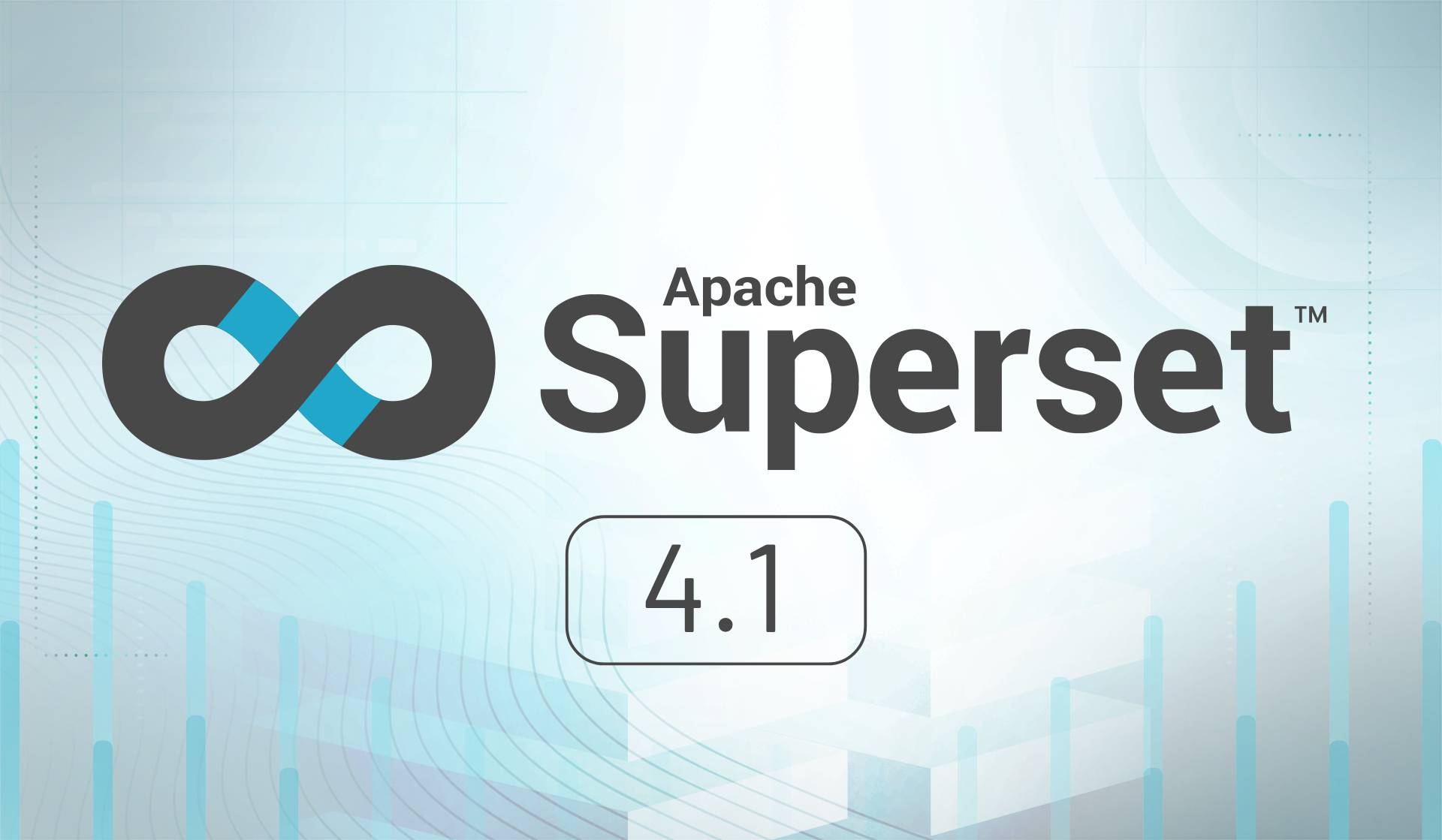Apache Superset is an open-source business intelligence platform that provides users with powerful tools for data visualization and analysis. As businesses become increasingly globalized, the need for customizable user experiences, especially in terms of language preferences, has never been more crucial. With the release of Apache Superset 4.0.2, the platform introduces enhanced language support, giving administrators and users the flexibility to customize the interface to their linguistic preferences. This ability to change the default language is a game-changer, especially for teams across different regions who may prefer localized language settings to facilitate smoother data analysis and collaboration.
In this detailed guide, we’ll explore the process of changing the default language in Apache Superset 4.0.2. We’ll cover the setup, configuration, and best practices for managing language settings, along with the advantages of this feature for both administrators and end users. Additionally, we’ll look at how this new language customization feature can enhance your organization’s workflow by improving accessibility, efficiency, and user experience.
Understanding Apache Superset’s Language Configuration
The new language configuration system in Apache Superset 4.0.2 is a crucial enhancement that enables businesses to adapt the platform to various linguistic needs. The ability to change the default language involves editing the superset_config.py file, a Python configuration file that is central to the customization of the Superset environment. This file allows you to manage not only language settings but also other critical aspects of Superset’s behavior, such as security policies, caching mechanisms, and data connectors.
To make language customization possible, the language settings are governed through the Babel library, which provides localization and internationalization support. By modifying the configuration file, you can set a default language that is applied across the entire platform, ensuring a seamless experience for all users, regardless of their location or preferred language.
Step-by-Step Guide to Changing the Default Language in Apache Superset 4.0.2
Changing the default language of your Apache Superset instance is a straightforward process, but it does require access to the configuration files and some familiarity with server administration. Below is a step-by-step breakdown of how to change the default language:
Step 1: Locate the superset_config.py File
The first step in changing the default language is to locate the superset_config.py file. This file is typically found in the installation directory of your Apache Superset instance. If the file is not present in the directory, you may need to create it by copying the contents from the default_config.py file, which comes with the default installation of Apache Superset.
You can find the default configuration file in the /superset/config.py path. Once you locate the superset_config.py file, you’ll be able to modify its contents to include the language settings you prefer.
Step 2: Edit the Configuration File
Once the superset_config.py file is located, open it in your preferred text editor. Popular editors like Vim, Nano, or VS Code can be used for this purpose.
Inside the configuration file, look for the section that handles localization and language settings. This section will define the available languages and set the default language used by Apache Superset. If no such section exists, you can manually add it.
For example, to set French as the default language, you would modify the configuration file like so:
pythonCopyEditLANGUAGES = {
'en': {'flag': 'us', 'name': 'English'},
'fr': {'flag': 'fr', 'name': 'French'},
'es': {'flag': 'es', 'name': 'Spanish'},
'de': {'flag': 'de', 'name': 'German'}
}
BABEL_DEFAULT_LOCALE = 'fr' # Change 'fr' to your desired language code
In this code:
- The
LANGUAGESdictionary defines the languages available in your Apache Superset instance. Each language has an associated flag (used for display purposes) and a name. - The
BABEL_DEFAULT_LOCALEis the setting that specifies which language will be used by default when a user accesses the platform.
You can replace 'fr' with any language code of your choice. For instance, use 'es' for Spanish, 'de' for German, or 'zh' for Chinese.
Step 3: Restart Apache Superset
After you’ve made the necessary changes to the superset_config.py file, the next step is to restart Apache Superset for the changes to take effect. You can restart the server by navigating to your Superset installation directory and running the following command:
bashCopyEditsuperset restart
Alternatively, if you’re using a hosting service, you may be able to restart Superset directly through their control panel or management interface.
Step 4: Verify the Change
Once Apache Superset has restarted, log into the platform and check the interface to ensure that the new default language is applied correctly. The menus, tooltips, and other interface elements should now display in the language you’ve selected.
Managing User-Specific Language Preferences
While setting a global default language is useful for ensuring consistency, Apache Superset also supports user-specific language preferences. This means that individual users can choose their preferred language settings, which can be especially beneficial in multilingual teams.
To enable this functionality, ensure that your superset_config.py file includes all the languages you wish to support in the LANGUAGES dictionary. This gives users the flexibility to select their language from a list of available options, rather than being locked into the default language.
You can enable user-specific language selection by configuring the USER_LANGUAGE_SELECTION setting in the superset_config.py file. When enabled, users can select their preferred language from the user interface.
pythonCopyEditUSER_LANGUAGE_SELECTION = True # Allow users to select their preferred language
This feature enhances the user experience by accommodating different language preferences, promoting inclusivity and ease of use.
Expanding Available Languages in Apache Superset 4.0.2
One of the key benefits of Apache Superset 4.0.2 is its flexibility when it comes to expanding language support. The platform allows administrators to add new language packs to further tailor the interface to the needs of their user base.
Adding New Language Packs
To add a new language, you can contribute to the Apache Superset project on GitHub, where developers can submit new translations through pull requests. These translations are then reviewed and integrated into future versions of Superset.
Alternatively, you can create custom translations locally if your preferred language is not yet available. This may require you to update the language files manually and ensure that all interface strings are translated correctly.
Testing New Languages
Before fully integrating a new language into your production environment, it’s important to test it thoroughly. Check that all user interface elements, including labels, tooltips, and error messages, display correctly in the new language. This testing phase helps prevent issues like untranslated text or improperly formatted strings that could disrupt the user experience.
Localization of Formats: Dates, Numbers, and Currencies
Changing the default language not only translates text but also affects how data is presented in the interface. For example:
- Date and Time Formats: Depending on the selected language, Superset adjusts date and time formats to match local conventions (e.g.,
DD/MM/YYYYfor the UK orMM/DD/YYYYfor the US). - Number and Currency Formats: The platform will format numbers and currencies according to regional norms, such as using commas as thousand separators in some regions and periods in others.
Ensuring these localized formats work as expected is crucial for data accuracy and preventing user confusion.
Training and Support for Multilingual Teams
As your organization adopts Apache Superset’s multilingual features, it’s important to provide adequate training and support for users. Here are a few strategies to facilitate a smooth transition:
- User Training: Conduct training sessions to help users navigate the new language interface. This can include live workshops, recorded tutorials, and written guides.
- Support Documentation: Ensure that your documentation is available in all supported languages. This includes both internal support materials and the official Superset documentation.
- Feedback Loop: Establish a feedback loop to continuously improve the localization process based on real-world usage and user preferences.
Conclusion: Enhancing Global Collaboration with Apache Superset 4.0.2
The introduction of customizable language settings in Apache Superset 4.0.2 is a significant enhancement that makes the platform more accessible and user-friendly for global teams. By following the steps outlined in this guide, administrators can easily configure Superset to meet the linguistic needs of their organization, providing a more personalized and efficient experience for data visualization and analysis.
Whether you’re working in a multinational company or a diverse local team, the ability to change the default language and add new language packs ensures that Apache Superset can cater to a variety of language preferences, enhancing overall collaboration and user satisfaction. With the right configuration and testing, Apache Superset can become an even more powerful tool for data-driven decision-making, allowing users to work in the language they are most comfortable with.

